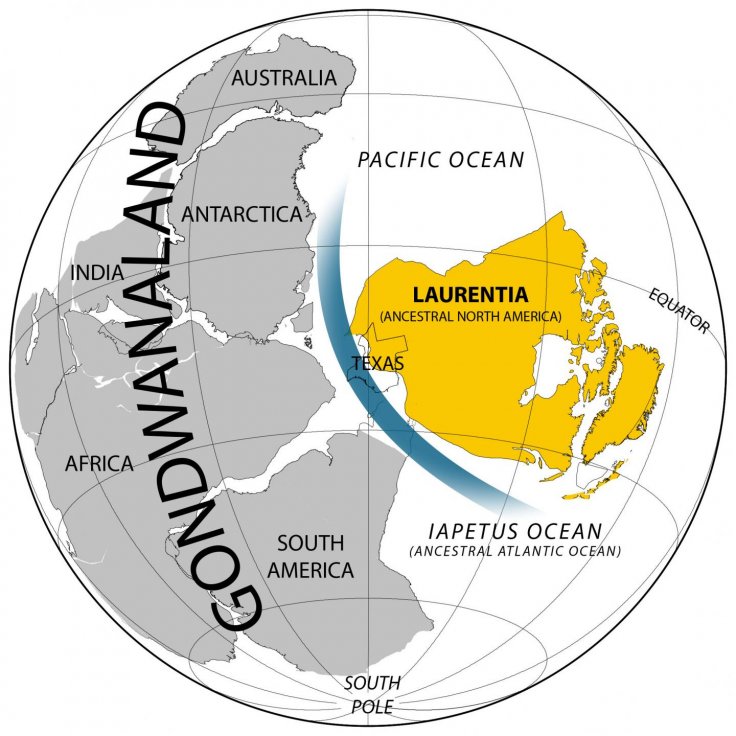
Over the years many expeditions took place in Gondwanaland, present-day Africa-South, America-Australia-India-Antarctica, as the region has its own significance in terms of ancient glory and geological findings.
From a geological perspective, the collision of the Gondwanaland with Laurentia, present-day North America and Eurasia, had produced Pangaea or Pangea, during the late Paleozoic and early Mesozoic eras, and created the Cantabrian Arc.
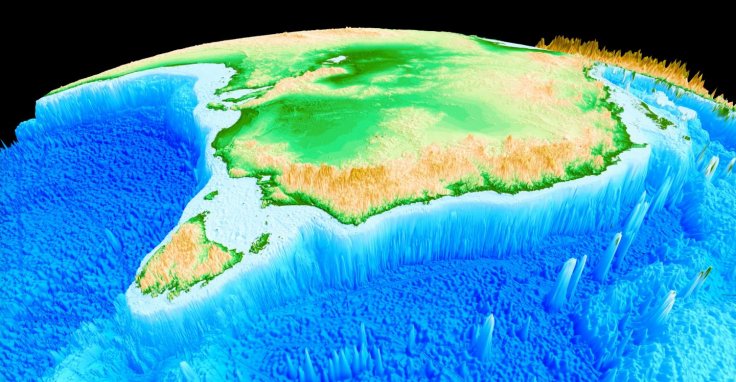
Geologists from the University of Sydney and the California Institute of Technology had run a study on Australia's highest mountain - Mount Kosciuszko, which was a part of Gondwanaland, including the global distribution of bamboos, where scientists found that the evolution of bamboos happened in the southern hemisphere, particularly in Gondwanaland.
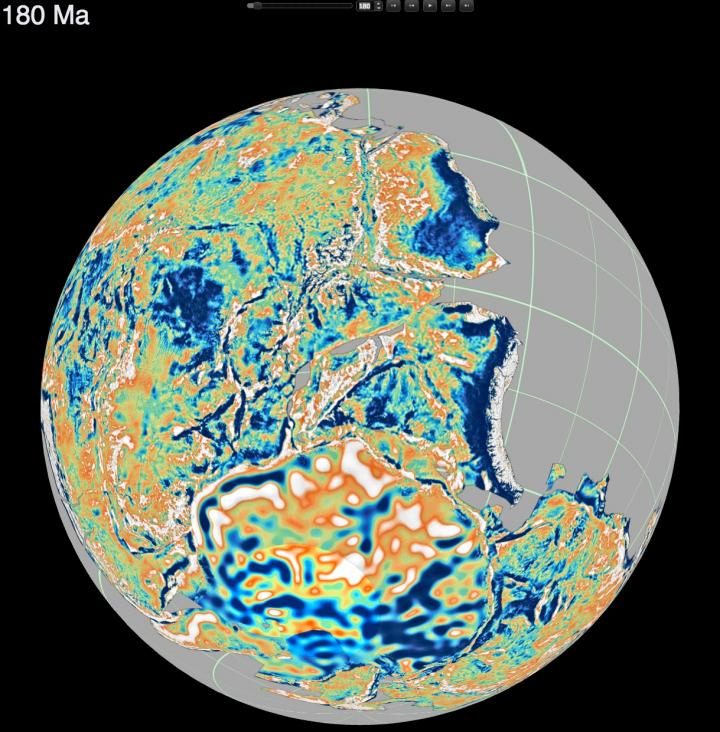
Geologists from the University of Sydney went a step ahead to develop a cloud-based virtual globe to let people know how earth evolved geologically. In September 2014 they started their unique portal allowing an interactive exploration of the supercontinent, Rodinia, which fragmented, with some continents colliding again more than 500 million years later to form Gondwanaland.
Another research paper by Ian Dalziel of the University of Texas at Austin's Jackson School of Geosciences has suggested that a major tectonic event which separated the ancient landmass might have triggered the sea level to rise and result in rapid diversification of animal life, including environmental havoc.
Apart from the geographical facts, there are some revolutionary archaeological discoveries, which took place in the same region.
About 50 million years ago, when Antarctica was a part of the ancient Gondwanaland, the global temperature was totally different from what we are seeing now. Scientists also claimed that the recently found giant bat fossil was a native of this region.
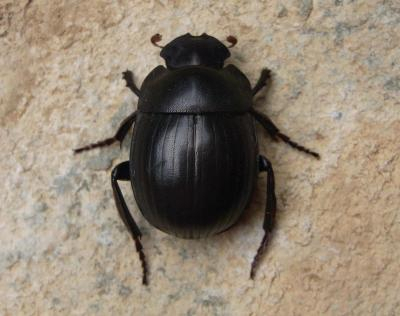
Another research group had identified a relic of the ancient supercontinent Gondwanaland that is Gyronotus, which has a link to tribe Canthonini. In 2013, a study was published on the two new species G. perissinottoi and G. schuelei and both are supposedly relatives of the beetles from Egypt.
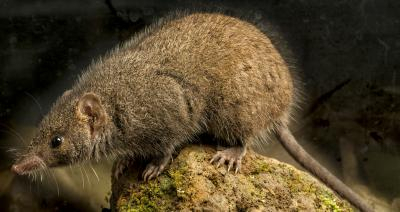
In 2014, a monologist, Andrew Baker from QUT and his research team had discovered Black-tailed Antechinus in Queensland's Springbrook National Park. This species had distinctive yellow-orange markings around its eyes and on its rump, and a black tail and feet. According to a report by Gold Coast Bulletin, the Gondwanaland rainforest relic at Springbrook is very special and unique animal.
In 2016, researchers claim that since the Gondwanaland was a place for many wildlife creatures and species, after the separation these wild forest animals and plants were also distributed in different areas.
Later, in 2017, researchers identified a mysterious 100m-year-old flower in its fossilized form as a new species of tree and George Poinar Jr., the professor from Oregon State University's College of Science said, "Probably the amber site in Myanmar was part of Greater India that separated from the southern hemisphere, the supercontinent Gondwanaland, and drifted to southern Asia."

However, In October 2017, a team of researchers from University of Delhi, India, have published a study where they stated that the first Jurassic ichthyosaur was found in the Kutch area of Gujarat, India. Although the research team did not find any solid clue to identify the fossil from the region, they claimed that it probably was connected to Ophthalmosauridae family, which might have evolved from the Indo-Madagascar region of the former Gondwanaland.









